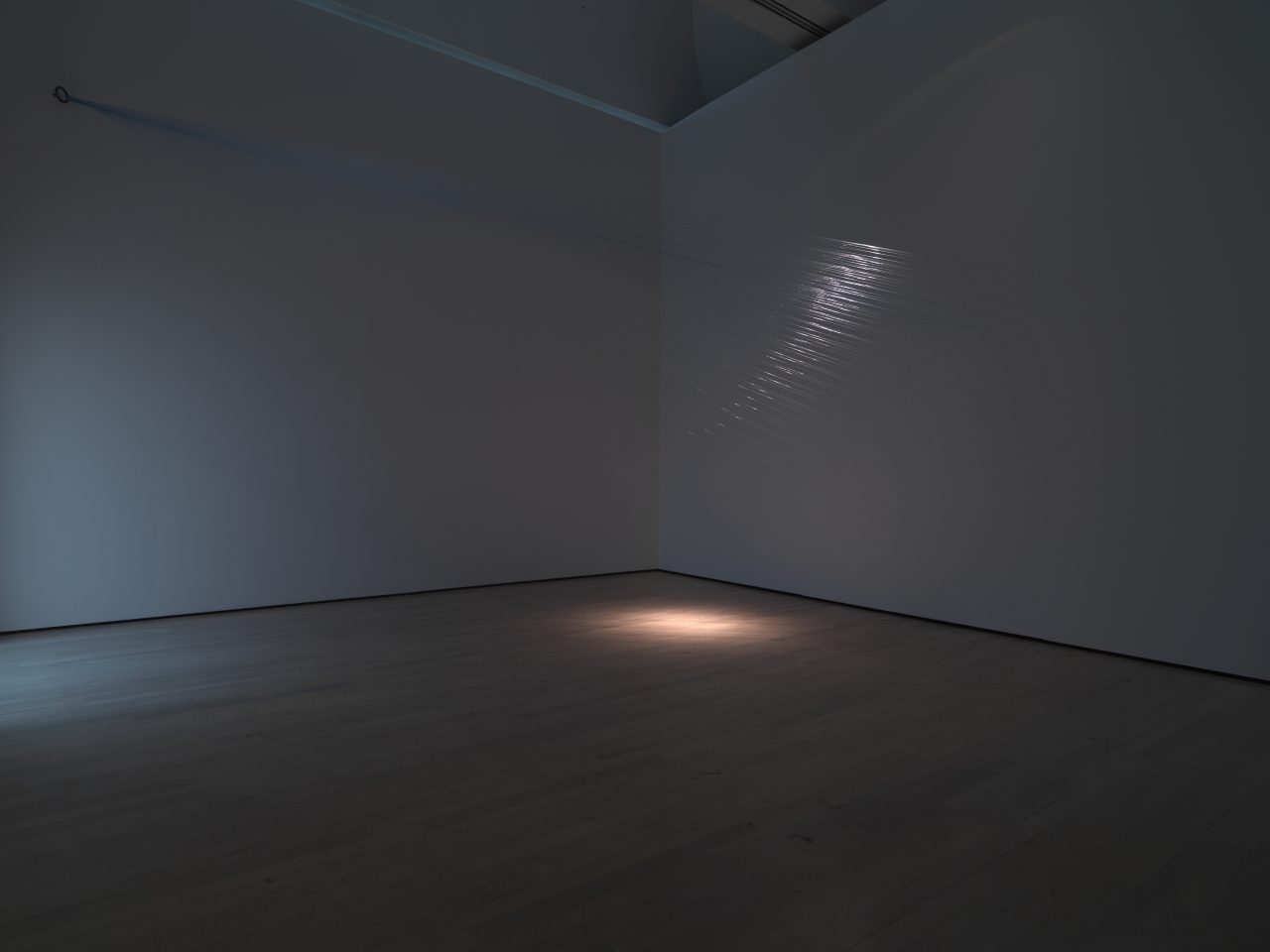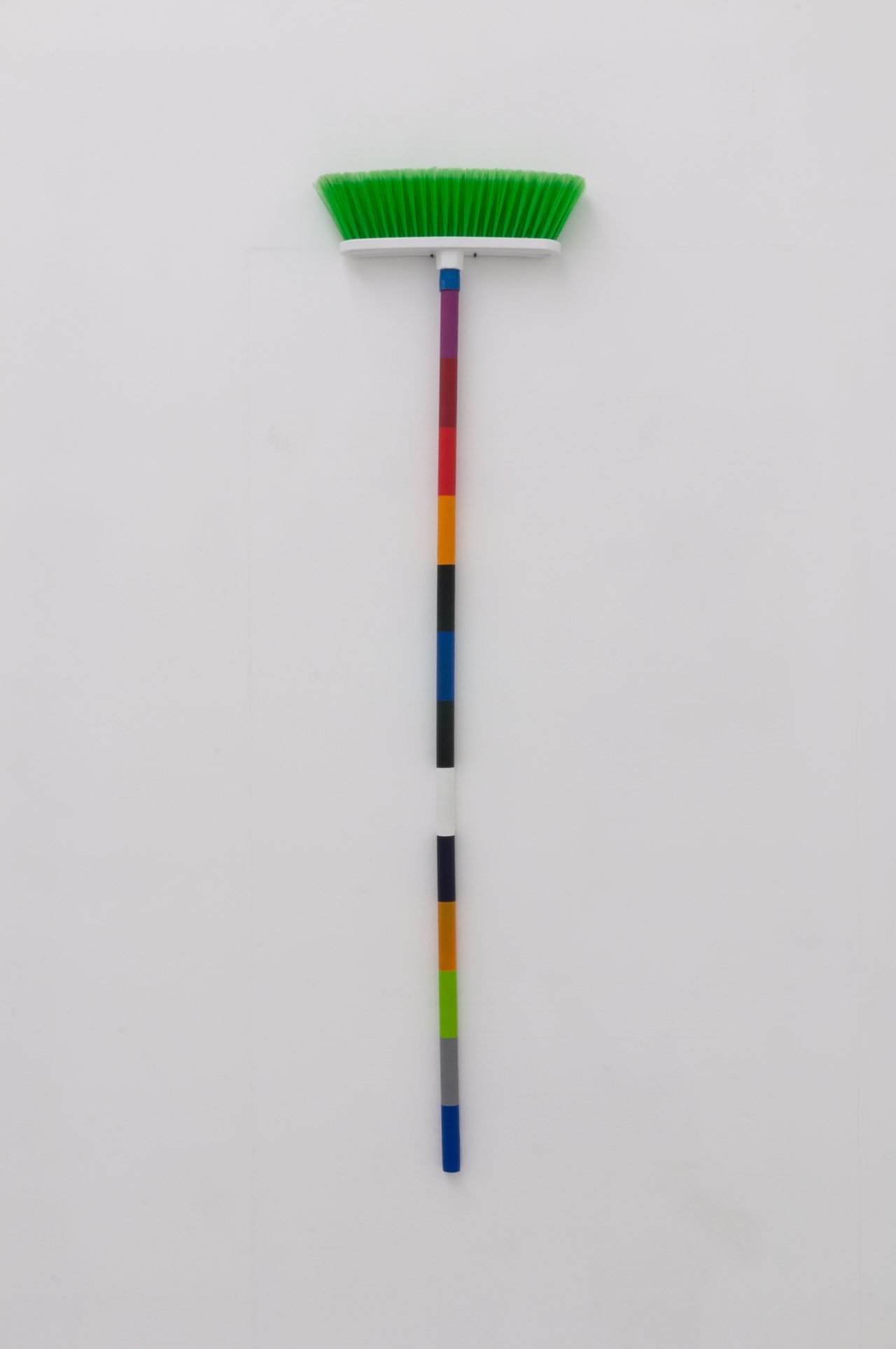
Giorgio Galotti: This section is dedicated to collecting and aims to bring knowledge about the choices and decisions implicated in the construction of a collection. In your case, it was interesting to realize that everything you and your wife Anna have collected was often based on the opportunity to support artists in the beginning of their careers. Is this correct?
Giorgio Fasol: Yes, it has always been like this. Everything depends on the fact that collection for me is a synonym for research, climbing, exploration, overcoming – it is a challenge. I am attracted by the new, vivacity, the future, the young, life, and progress.

GG: For how long have you been collecting and where did this interest come from?
GF: Anna and I have been collecting Contemporary Art since 1965, but it is difficult to pinpoint the exact moment in which it all started or the reason that has supported and still supports this beloved “all.” I believe that we have certain fires inside and that’s it. As a child, a boy, an adult, I have always had a certain curiosity. A little voice has always pushed me to unexplored lands. I got to know Contemporary Art over time, and I have never given it up. I can always find what I am looking for and at the same time never find it. This tension keeps me awake. It is an indescribable feeling. Anna has had the capacity to follow me all these years, and the reason can be only one – we share a certain vision of the world, a certain sensibility.
GG: The idea of collecting has evolved a lot since the ‘90s. Have you ever used the internet to get in touch with artists or to acquire one of their works?
GF: The internet is a fantastic, fast, immediate world. I use it to stay connected to the rest of the world, with artists, galleries, museums, to talk to curators, to be informed about the current exhibitions, to research. I happened to buy a work after seeing it only by email, but I personally knew the artist and the gallerist who proposed it to me. I am also fast – a glance is enough for me to fall in love…
GG: Art addicts mostly travel or move, because of events related to art, near inauguration of exhibitions or fairs, and try to align their leisure travels with these moments. What is the role of art in your private life?
GF: Predominant, to put it mildly. Anna could answer this question like this. Lately, she has complained a little about not having time for anything else. By now she knows that if I suggest going to the Dolomites, it is not to see the snow even if we end up seeing it. Art makes us travel a lot – there are always wonderful and unexpected places where there is always “something more.”

GG: What is your opinion about the exponential increase in contemporary art events, especially in relation to fairs? Do you think this system is reaching a level of saturation, or is it necessary to have so many artistic offerings?
GF: I would like to ask Santa to give me the gift of ubiquity. I really struggle to be present at all the events of the art world that interest me. I get angry when the dates of two openings overlap. At that point, I try to do everything possible, but sometimes it is not enough and then others complain to me. In relation to fairs, in particular, I am extremely convinced that saturation was reached a long time ago – Italy has too many, one would be enough.
GG: We live in an image-saturated society. Through the internet, it is possible to see the layout or the works of an exhibition on a screen. In your opinion, what is the role of platforms like ours? Do you think they are useful, or do you think the art system needs the physical relationship between viewer and artwork in any case?
GF: Absolutely. If the “dialogue” is not direct, we are not talking about the same subject.

Courtesy of AGIVERONA.
GG: Your collection has taken the name of AGIVERONA. Can you tell us where this name comes from and whether you plan to open your collection to the general public in a physical location?
GF: AGIVERONA is the name of the cultural association I founded with Anna in 1988, and it is nothing but the union of our initials. That year we participated in an exhibition organized by Silvia Evangelista for Arte Fiera. Since then we have not stopped. I have always tried to make the works in the collection travel as much as possible. This is absolutely what interests me the most because it means to really support young artists. My dream is to create a space open to all the citizens of Verona, or rather to all the citizens of the world – open it in my city, for young people above all, so that they can enjoy art and contemporaneity even here among these splendid old Roman walls.
GG: What is your most recent acquisition?
GF: A poem. Which has the appearance of a broom and the colors of the alphabet.

Courtesy of AGIVERONA
GG: Would you like to share with us some names of emerging artists who interest you or whom you recommend to follow?
GF: Without thinking of nationality: Sebastiano Sofia, Christian Manuel Zanon, Corinna Gosmaro, Serena Vestrucci, Valerio Nicolai, Davide Mancini Zanchi, Matteo Nasini.
Interviewed in March 2018 by Giorgio Galotti.
